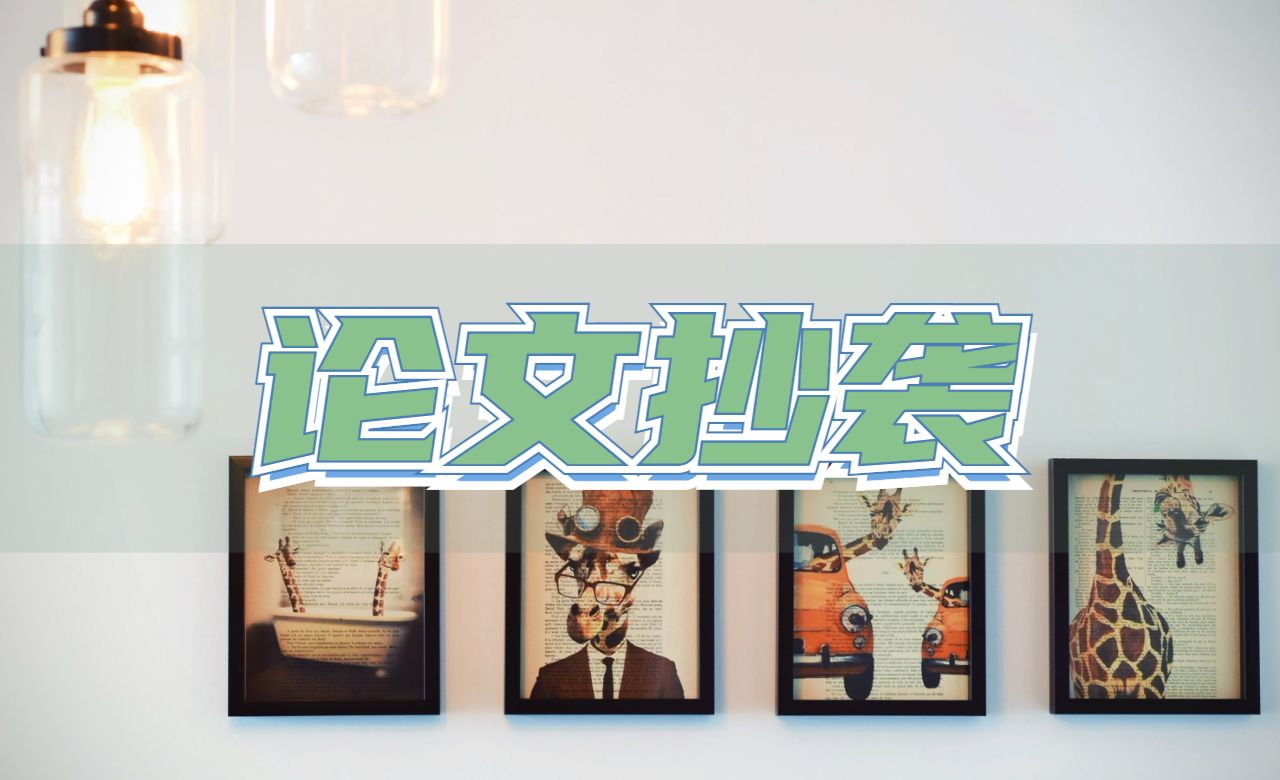在大學課程中,我們不斷地接觸到他人的觀點:我們在文本中讀到他們的觀點,在課堂上聽到他們的觀點,在課堂上討論他們的觀點,并將他們融入到我們自己的寫作中。因此,我們在該表揚的地方給予表揚是非常重要的。抄襲是使用他人的思想和文字,卻沒有明確說明信息的來源。美國紐約大學如何定義
抄襲?我該如何規避抄襲呢?
 如何識別不可接受和可接受的釋義
如何識別不可接受和可接受的釋義
以下是原文,摘自喬伊斯·威廉姆斯等人的《莉齊·博登:19世紀90年代的家庭與犯罪案例》一書的第一頁:
The rise of industry, the growth of cities, and the expansion of the population were the three great developments of late nineteenth century American history. As new, larger, steam-powered factories became a feature of the American landscape in the East, they transformed farm hands into industrial laborers, and provided jobs for a rising tide of immigrants. With industry came urbanization the growth of large cities (like Fall River, Massachusetts, where the Bordens lived) which became the centers of production as well as of commerce and trade.
這里有一個不可接受的釋義,這是剽竊:
The increase of industry, the growth of cities, and the explosion of the population were three large factors of nineteenth century America. As steam-driven companies became more visible in the eastern part of the country, they changed farm hands into factory workers and provided jobs for the large wave of immigrants. With industry came the growth of large cities like Fall River where the Bordens lived which turned into centers of commerce and trade as well as production.
這篇文章為什么是抄襲的?前面的文章被認為是抄襲,有兩個原因:
(1)作者只是改變了原文的幾個詞和短語,或改變了句子的順序。
(2)作者沒有為任何觀點或事實引用出處。
如果你做了這兩件事中的一件或兩件,你就是剽竊。
注意:這一段也是有問題的,因為它改變了幾個句子的意思(例如,“蒸汽驅動的公司”在第二句中錯過了原來對工廠的強調)。
這里有一個可以接受的解釋:
Fall River, where the Borden family lived, was typical of northeastern industrial cities of the nineteenth century. Steam-powered production had shifted labor from agriculture to manufacturing, and as immigrants arrived in the US, they found work in these new factories. As a result, populations grew, and large urban areas arose. Fall River was one of these manufacturing and commercial centers (Williams 1).
為什么這段話是可以接受的?這是可以接受的轉述,因為作者:
(1)準確地傳遞原文中的信息
(2)用她自己的話。
(3)讓她的讀者知道她的信息來源。
所以大家懂得抄襲的界定了嗎?在美國紐約大學抄襲是不被允許的甚至嚴重打擊的事情,大家一定要擦亮眼睛,正確使用他人觀點。如果有需要可以聯系
海馬課堂的老師進行專業咨詢~

![]() 聆聽您的聲音:feedback@highmark.com.cn企業熱線:400-778-8318
聆聽您的聲音:feedback@highmark.com.cn企業熱線:400-778-8318



![]() 聆聽您的聲音:feedback@highmark.com.cn企業熱線:400-778-8318
聆聽您的聲音:feedback@highmark.com.cn企業熱線:400-778-8318